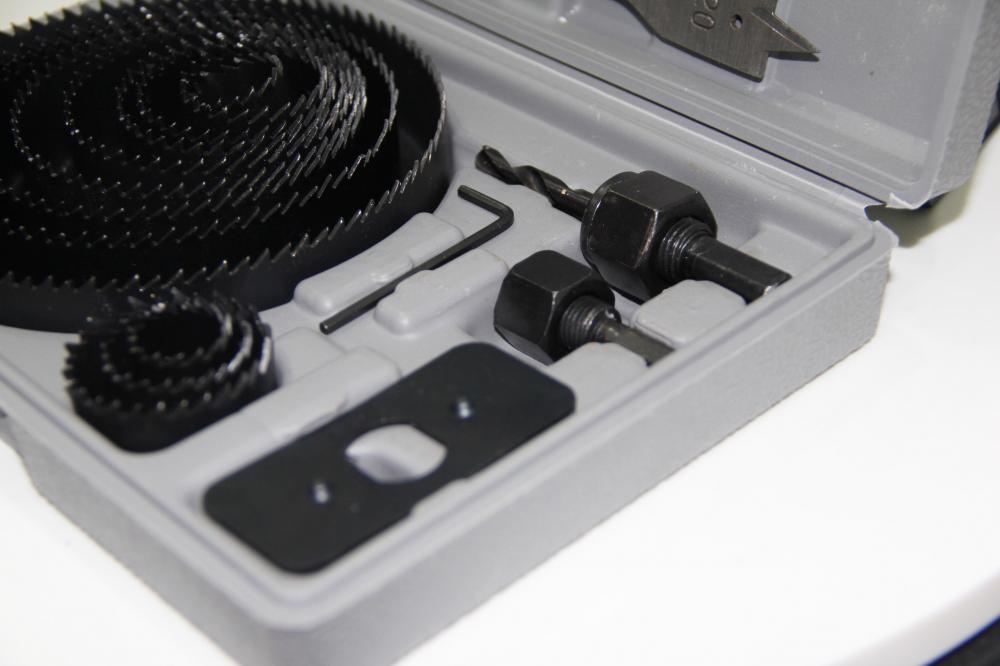The setting scheme can usually be compiled according to the voltage level of the power system or the equipment, and can also be divided into small schemes according to the functions of the relay protection. For example, a relay protection setting scheme for a 110 kV power grid can be divided into phase-to-phase distance protection schemes, ground zero-sequence current protection schemes, reclosing schemes, and equipment protection schemes. These programs have both relative independence and a certain degree of cooperation.
The steps for setting calculations are as follows:
(1) According to the relay protection function classification, formulate the short-circuit calculation operation mode, select the short-circuit type, and select the calculation conditions of the branch coefficient;
(2) Short-circuit fault calculation;
(3) According to the protection of the same function to conduct setting calculations, such as by distance protection or by zero-sequence current protection, respectively, to conduct setting calculations, select the setting value, and make the value map;
(4) Compare the setting results, repeat the changes, and select the best solution. Finally summarized the existing problems and put forward the operational requirements;
(5) Draw a fixed value sheet and write a tuning plan specification.
A good Bi-metal Hole Saw will cuts faster and smoother and with reduced vibration due to the variable pitched teeth, hole saws have two different types of steel joined together to form the edge of the cutting end of the Hole Saw. High speed steel is joined to a soft spring steel to form a durable edge that will cut a multitude of materials and help provide long life. High speed steel is used on the outer edge due to its wear resistance properties and forms the cutting edge of the teeth. Soft, spring steel creates a flexible backing material that allows the hole saw to absorb impacts of the job of drilling holes in difficult-to-cut materials.


Carbon Steel Hole Saw,New Hole Saw Kit,Steel Hole Saw Set,Carbon Steel Hole Saw Set
Behappy Crafts (suzhou)Co.,Ltd , https://www.haoyuebehappy.com
